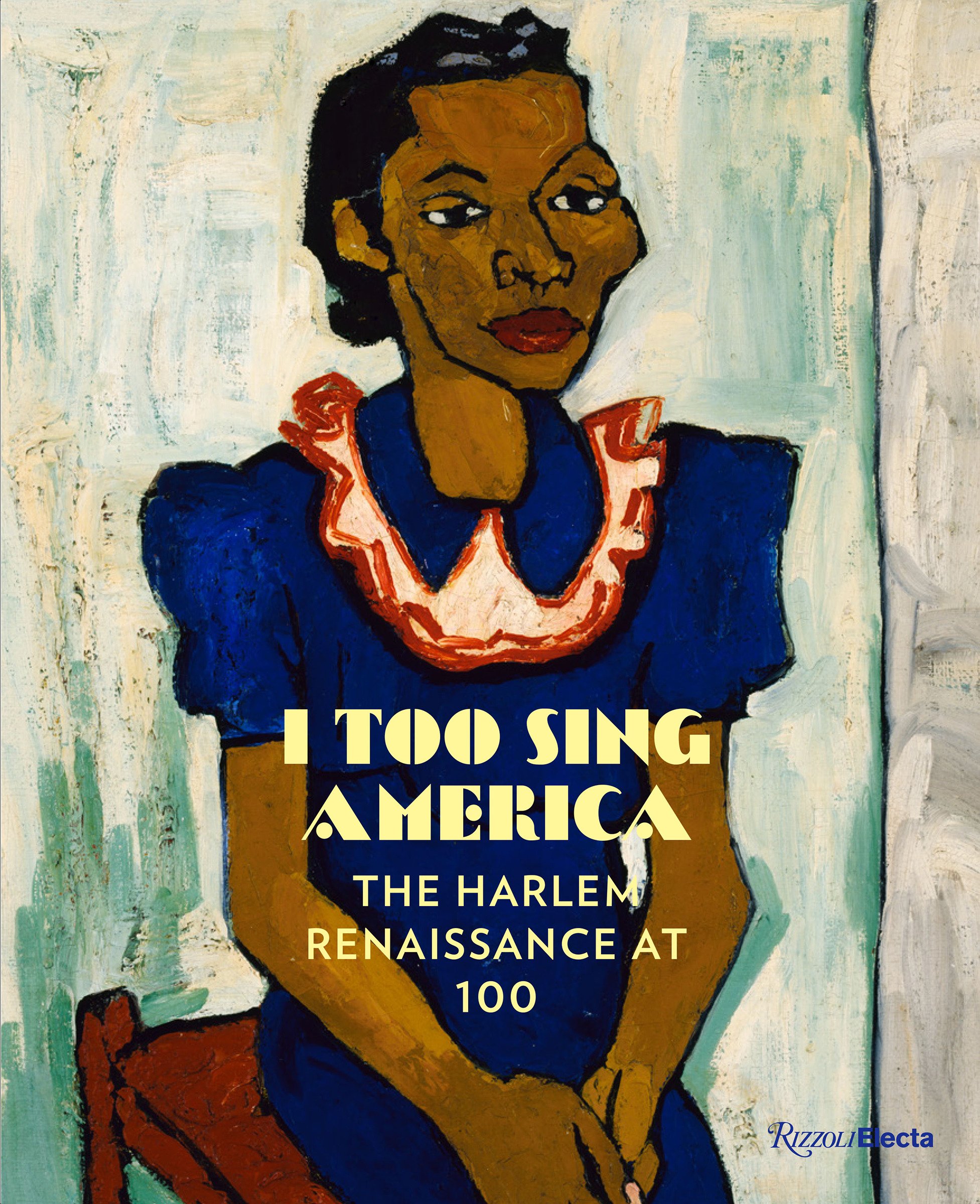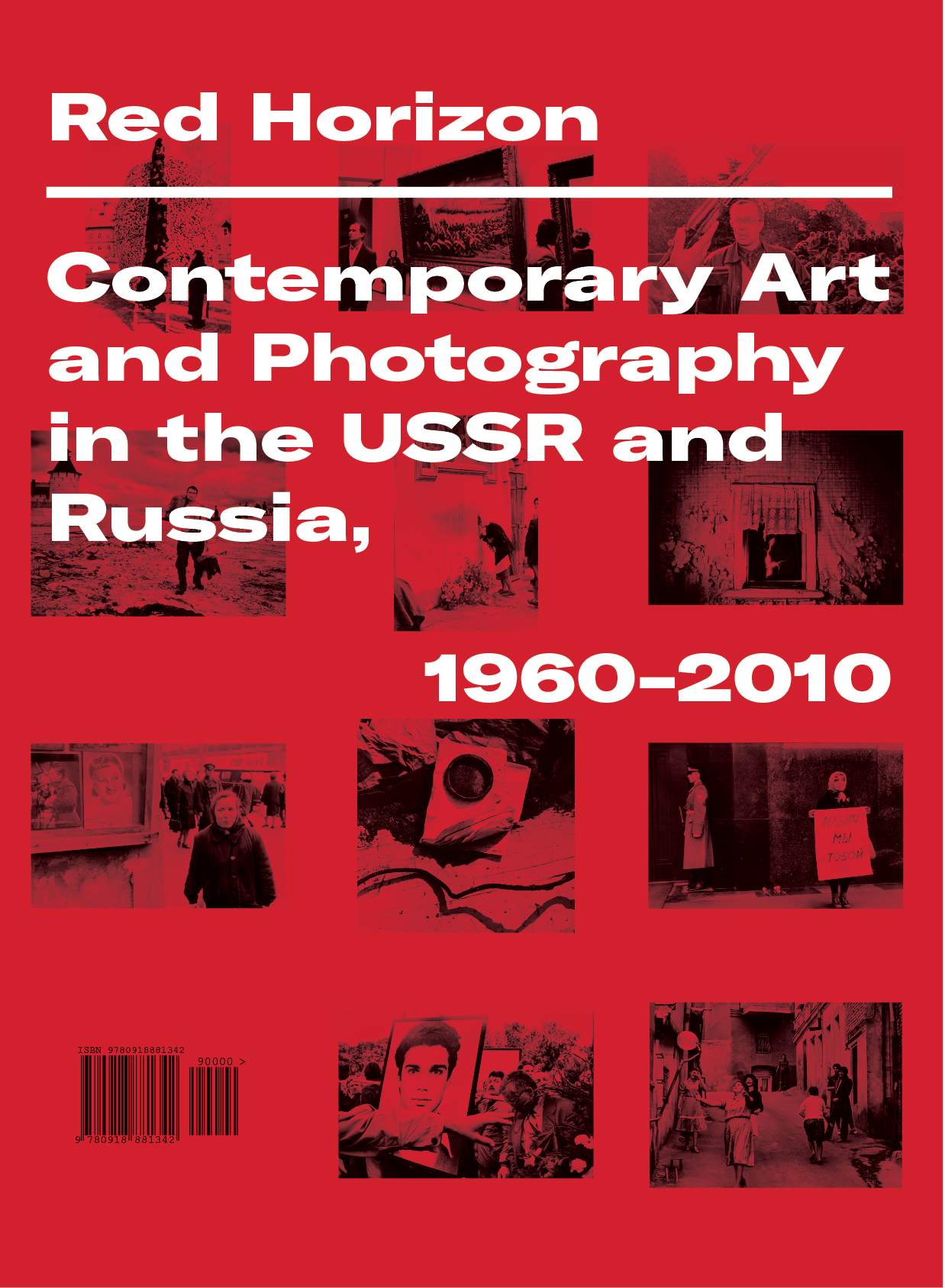I Too Sing America: The Harlem Renaissance at 100
Washington Post
New York Time
ARTNEWS
One hundred years after the Harlem Renaissance emerged as a creative force at the close of World War I, I Too Sing America offers a major survey on the visual art and material culture of the groundbreaking movement.
It illuminates multiple facets of the era--the lives of its people, the art, the literature, the music, and the social history--through paintings, prints, photography, sculpture, and contemporary documents and ephemera. The lushly illustrated chronicle includes work by cherished artists such as Romare Bearden, Allan Rohan Crite, Palmer Hayden, William Johnson, Jacob Lawrence, Archibald Motley, and James Van Der Zee.
The project is the culmination of decades of reflection, research, and scholarship by Wil Haygood, acclaimed biographer and preeminent historian on Harlem and its cultural roots. In thematic chapters, the author captures the range and breadth of the Harlem Reniassance, a sweeping movement which saw an astonishing array of black writers and artists and musicians gather over a period of a few intense years, expanding far beyond its roots in Harlem to unleashing a myriad of talents upon the nation. The book is published in conjunction with a major exhibition at the Columbus Museum of Art.

JR: Chronicles
MAISON CF/BROOKLYN MUSEUM, 2019Hardcover, 7 x 9 in. / 240 pgs / 90 color / 40 bw.
A comprehensive overview on the French artist who has transformed cities worldwide with his epic portraits of their inhabitants.
Over the past two decades, French artist JR has massively expanded the impact of public art through his ambitious projects that give visibility and agency to people around the world. Showcasing the full scope of the artist's career, JR: Chronicles accompanies the first major exhibition in North America of works by the French-born artist. Working at the intersections of photography, social engagement and street art, JR collaborates with communities by taking individual portraits, reproducing them at a monumental scale and wheat pasting them--sometimes illegally--in nearby public spaces.
This superbly produced volume traces JR's career from his early documentation of graffiti artists as a teenager in Paris to his large-scale architectural interventions in cities worldwide, to his more recent digitally collaged murals that create collective portraits of diverse publics. The centerpiece of the accompanying exhibition is The Chronicles of New York City, a new epic mural of more than 1,000 New Yorkers. Also included are previously unseen murals set in Brooklyn; Face 2 Face, diptychs of Israelis and Palestinians in Palestinian and Israeli cities; Women Are Heroes, featuring images of the eyes of women gazing back at their communities in numerous countries; The Gun Chronicles: A Story of America, JR's complex work on guns in America; and other equally famous works.
Red Horizon: Contemporary Art and Photography
in the USSR and Russia, 1960–2010
Drew Sawyer & Tyler Cann (Eds.)8 x 11 in. / 176 pp / Extensive b&w and color
Featuring more than 200 images, Red Horizon explores art made during the period shortly after Joseph Stalin’s death in 1953 until the collapse of the Soviet Union in 1991 and beyond, when artists attempted to represent the growing gap between government-sanctioned orthodoxies and life as it was in the USSR and Russia. This timely survey, coinciding with the centennial of the Russian Revolution, is drawn from two facets of Neil K. Rector’s renowned art collection: Soviet and Russian photography from the 1970s to the early 1990s, and the work of Moscow-based unofficial artists who came to prominence in the 1960s and 1970s.
Two introductory essays by Tyler Cann and Drew Sawyer examine the works in these two extraordinary collections, contextualizing them in the broader political and artistic climates. Additional essays by art historians Matthew Jesse Jackson, Myroslava Mudrak, Ksenia Nouril, and Gleb Tsipursky address themes such as symbols of the Soviet state, the return of modernism, landscape and memory, and the tension between folk and mass cultures. Combining documentary photography, conceptual art, painting, and more, Red Horizon offers fresh perspective on the art and life of this period, and suggests how creativity and critical thinking manifest themselves under the most difficult social and ideological circumstances.
Among the artists and photographers included are Gennady Bodrov, Eric Bulatov, Andrey Chezhin, Ivan Chuikov, Vladimir Filonov, Sergei Gitman, Eduard Gladkov, Farit Gubaev, Laura Ilyina, Francisco Infante, , Ilya Kabakov, Komar & Melamid, Alexander Kosolapov, Sergey Kozhemyakin, Nikolai Kulebiakin, Vladimir Kuprianov. Mikhail Ladeishikov, Igor Lagunov, Alexander Lapin, Sergey Leontiev, Evgeny Likhosherst, Boris Mikhalevkin, Igor Moukhin, Irina Nakhova, Vladimir Nemukhin, Victor Pivovarov, Oleg Poleshuk, Yuri Rybtchinski, Igor Savchenko, Valery Shchekoldin, Mark Shteinbock, Victor Shurov, Leonid Sokov, Vladimir Syomin, Alexander Slussarev, Boris Smelov, Eduard Steinberg, Vyatcheslav Tarnovetsky, Alexey Titarenko, Oleg Tselkov, Oleg Vassiliev, Rifkhat Yakupov, Vladimir Yankilevsky, and Marina Yurchenko.

Golden State
This catalogue accompanies the group exhibition Golden State at Marianne Boesky Gallery. The exhibition features the work of seven California-based photographers, whose meticulously staged and documentary style images capture distinctions of class and economy and speak to individual and communal aspirations. On view March 29 through April 27, 2017 at 507 W. 24th Street, Golden State connects to issues at the very core of today’s political tumult, through depictions of a state that has at once emerged at the forefront of the progressive movement and encapsulates the growing disparities between economic classes.
Among the artists featured in the exhibition are John Divola, Buck Ellison, Christina Fernandez, Anthony Hernandez, Catherine Opie, and Larry Sultan, all of whom have been based in California throughout their careers. While artists like Fernandez, Hernandez, and Ellison are well known and acclaimed on the West Coast, they have received less recognition nationally. Golden State offers a dynamic opportunity to introduce the work of these California photographers to East Coast audiences, and to position them within a broader artistic and socio-political dialogue.
The exhibition will also include several photographs from Dorothea Lange’s series on Japanese-American internment in 1942, which were originally censored by the U.S. government. The inclusion of these images, which feel eerily immediate and contemporary, demarcate California’s position at two important junctures in American history—first, as complicit in government-sanctioned racism and paranoia during World War II, and now in direct and forceful opposition to the same political forces.
The Sun Placed in the Abyss
Exhibition catalgue. Edited and text by Drew Sawyer. Texts by Jordan Bear, Tyler Cann, and Kris Paulsen. The Columbus Museum of Art/DAP, 2016The Sun Placed in the Abyss brings together the work of more than 50 artists who, since 1970, have used the sun as a subject to explore the historical, social and technological conditions of photography, both still and moving. Borrowing its title from a poem by Francis Ponge, The Sun Placed in the Abyss tracks how the sun has been used as a metaphor from Conceptual art to the Pictures Generation to current practices.
The diverse, intergenerational list of artists featured speaks to the enduring interest in our closest star: works by Sarah Charlesworth, Anne Collier, Tacita Dean, Jan Dibbets, John Divola, Shannon Ebner, Dan Graham, Zoe Leonard, Sol LeWitt, Catherine Opie, Trevor Paglen, Richard Prince, Walid Raad and many more are included in this dynamic publication, published to accompany an exhibition at the Columbus Museum of Art.
